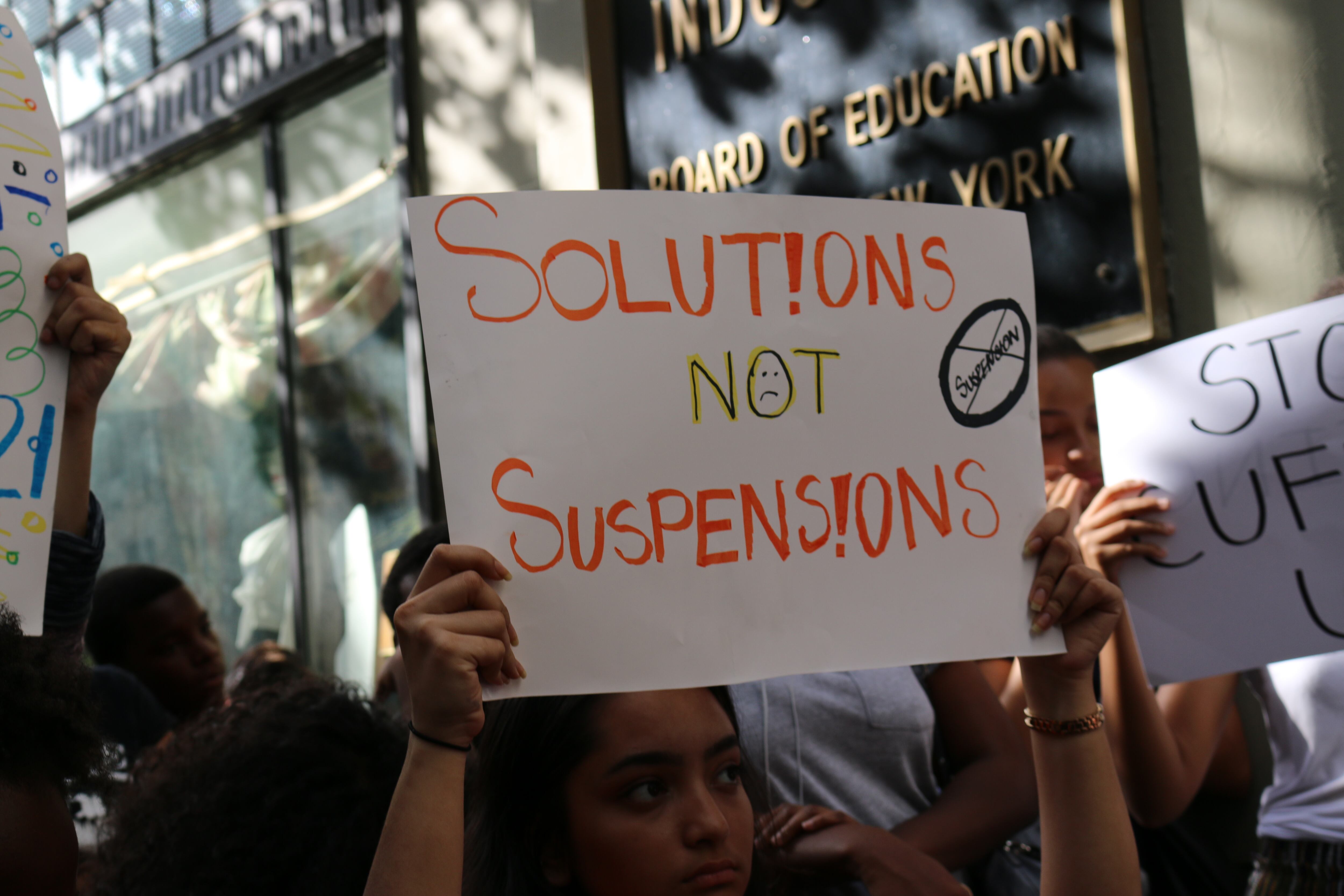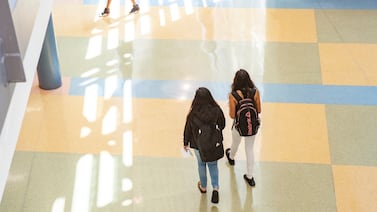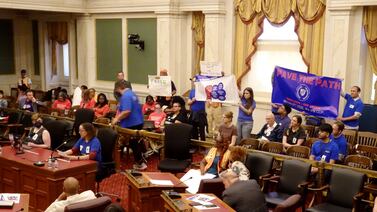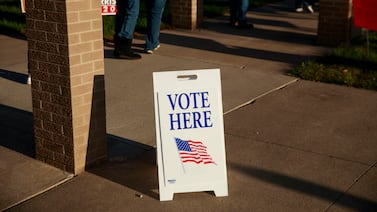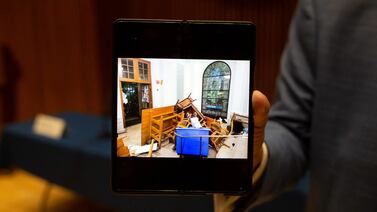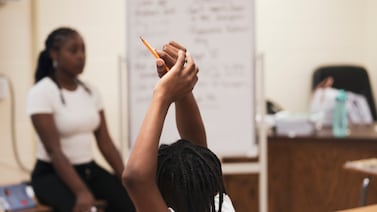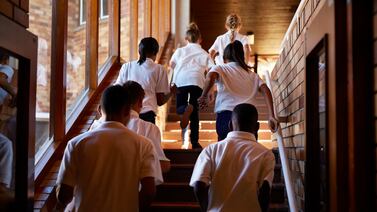New York City schools issued substantially fewer suspensions during the first half of this school year — with the total number plummeting by over 50% since Mayor Bill de Blasio took office, according to new figures released Thursday.
From July through December 2019, district schools issued just over 10,000 suspensions, nearly 20% fewer compared with the same period a year earlier.
During the first half of this school year, principal suspensions — which last five days or less and are issued for less serious offenses — decreased nearly 16%. Superintendent suspensions, which cover more serious misbehavior and can stretch up to an entire school year, decreased 32%. These longer suspensions have since been limited to 20 days in most cases.
De Blasio has made school discipline reform a priority since taking office in 2014. Under his administration, the number of suspensions issued has been cut in half, continuing a decline that started under the final years of the Bloomberg administration. Charter school suspensions are not included in the data.
“Decreasing suspensions demonstrate our schools have laid the groundwork for maintaining supportive and safe environments for students remotely, and our young people have the tools they need to deal with the incredible hardship they may be experiencing,” schools Chancellor Richard Carranza said in a statement.
No superintendent suspensions have been issued since school buildings shut down in March due to the coronavirus. Department officials did not answer a question about whether principal suspensions are still being issued; schools were told to limit suspensions during remote learning.
In lieu of suspensions, education department officials have worked to expand “restorative” approaches to student discipline, a constellation of practices that favor peer mediation and conflict resolution over ejecting students from their regular schools or classes. All middle and high schools will be expected to receive training in “restorative” approaches to student discipline over the next several years.
City schools have seen multiple changes to the discipline code that have limited suspensions for the city’s youngest students and for more subjective infractions such as “insubordination.” The changes have required approval from central office administrators for a host of infractions. Lengthy superintendent suspensions have been capped at 20 days with some exceptions for serious violence or weapons violations.
But these efforts have won mixed reviews from educators and some union officials, who say training in alternatives to student suspensions has been scattershot and has coincided with a parallel drop in discipline within some schools.
The mid-year data, which is required to be released by the end of March but was delayed due to the coronavirus, does not include breakdowns by race. However, the most recent full-year data suggests that big gaps remain. Nearly 45% of the city’s suspensions last year went to black students, for instance, even though they represent about 26% of the student population.
Black students in particular are more likely to receive harsher suspensions for certain infractions compared with their peers in other racial groups, according to the city’s Independent Budget Office. And some research has suggested suspensions in New York City have contributed to negative academic outcomes.
The education department also reported Thursday on the number of times students were taken away by emergency medical personnel due to an emotional or psychological condition. From July through December, 479 students were taken away for that reason, down from 556 during the same period of the previous year. Overall, the number of times students were transported from schools by EMS for any reason decreased 4% to 4,111.
Despite the downward trends, the city should continue reducing suspensions and expanding restorative justice and mental health programs, said Dawn Yuster, who directs a program on student justice issues at Advocates for Children.
“While the downward trend in suspensions and EMS transports of students who have emotional conditions is positive, thousands of students continue to be removed from class losing valuable instruction time that is never recouped,” she said.


